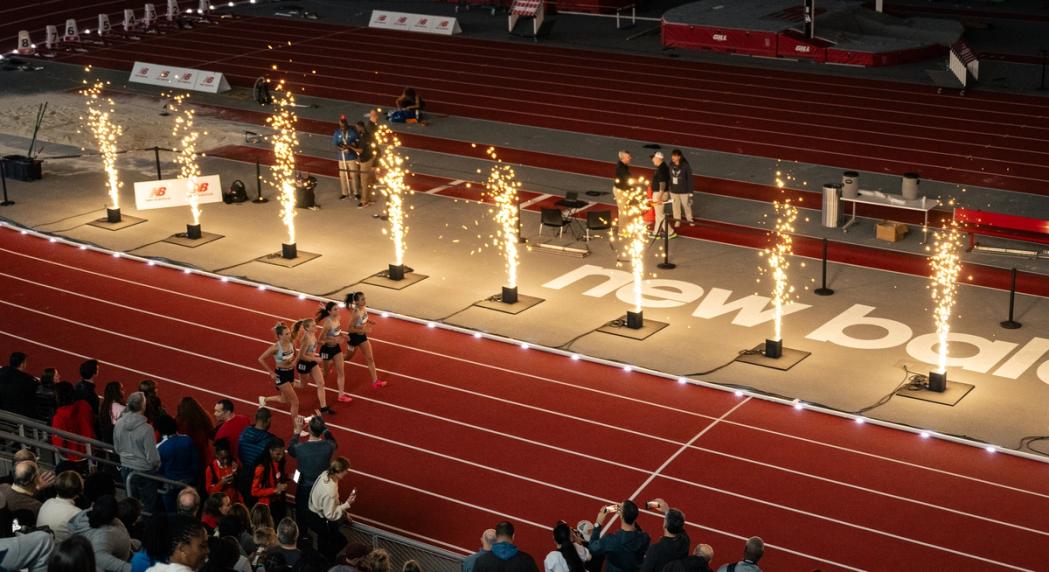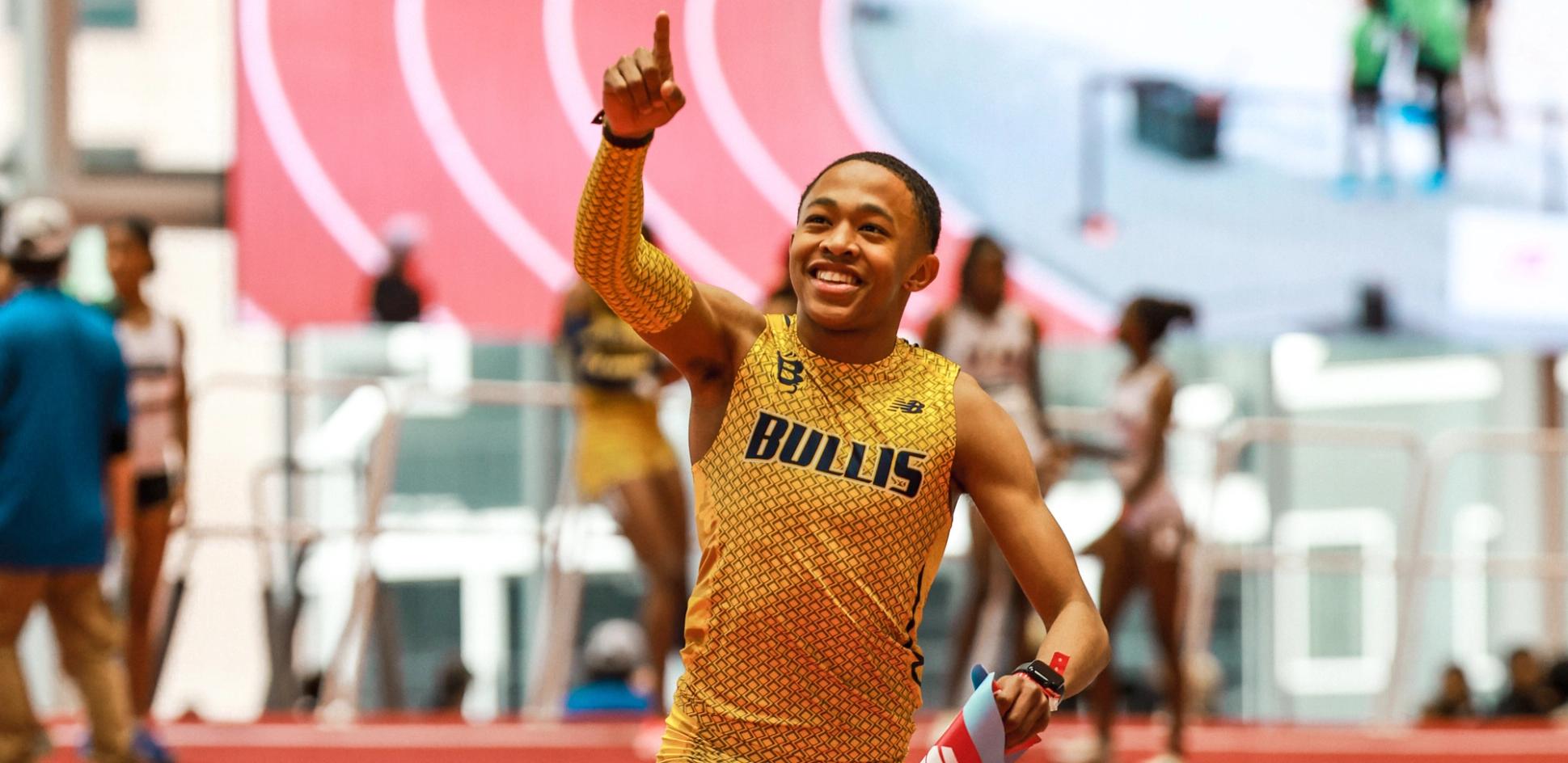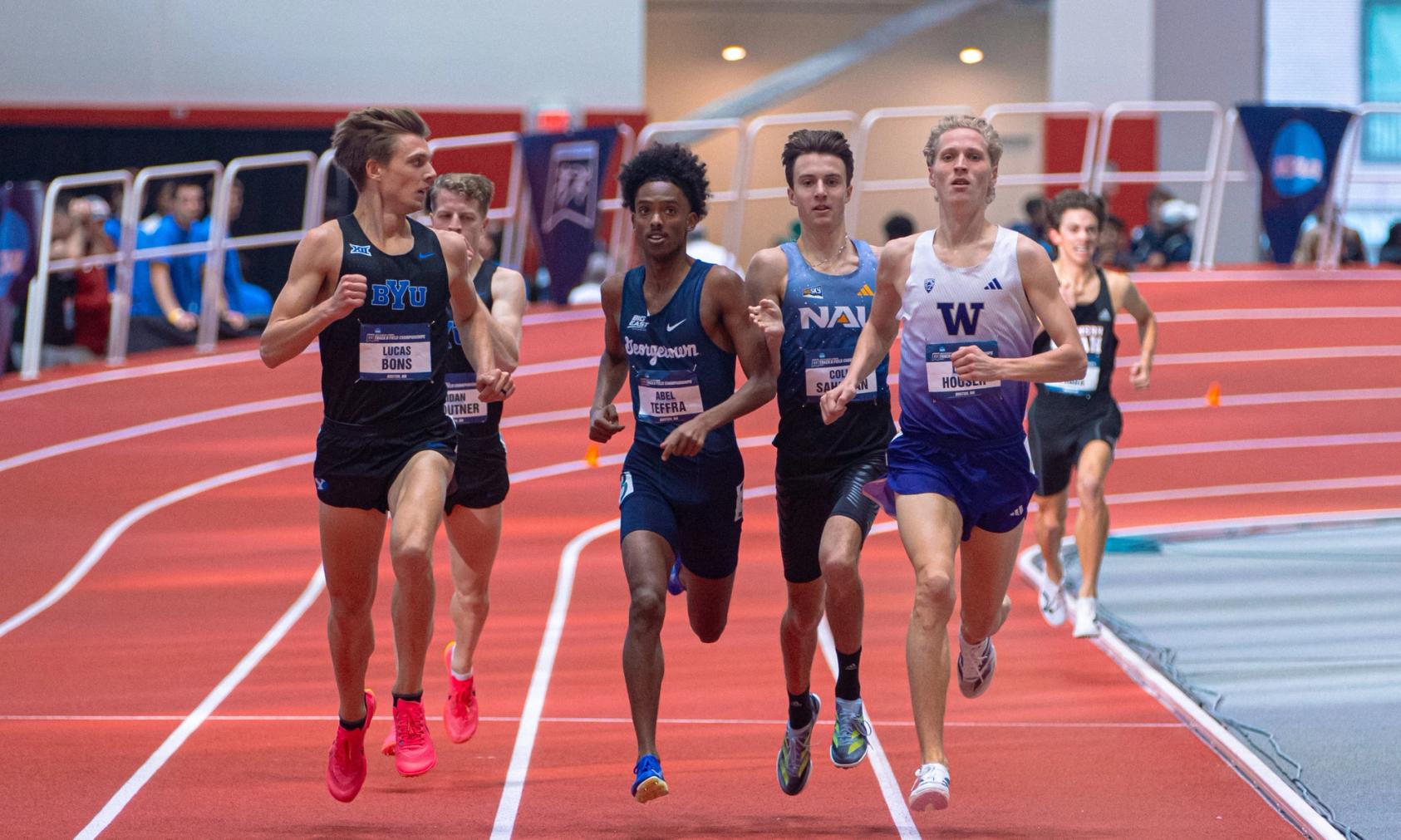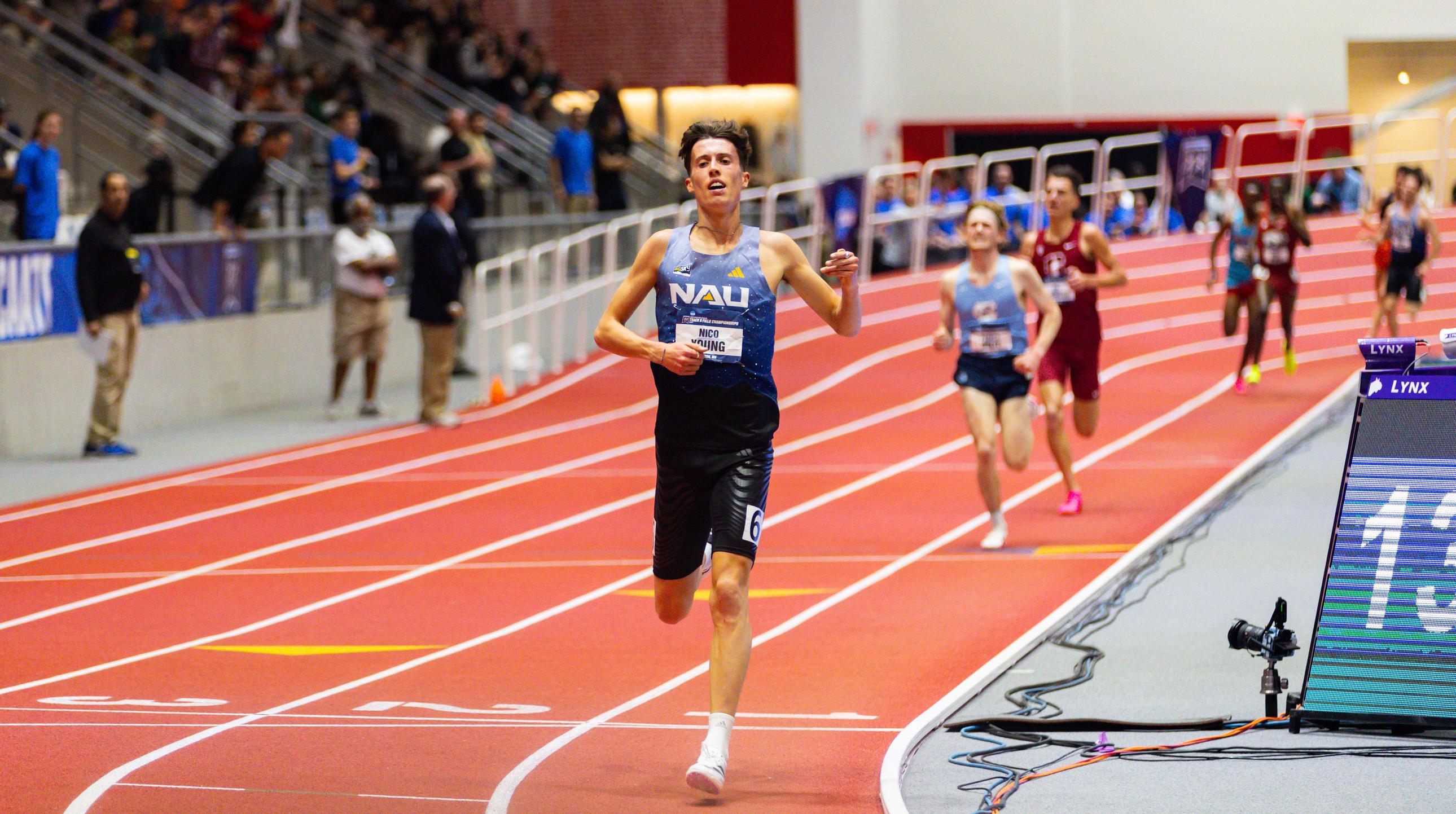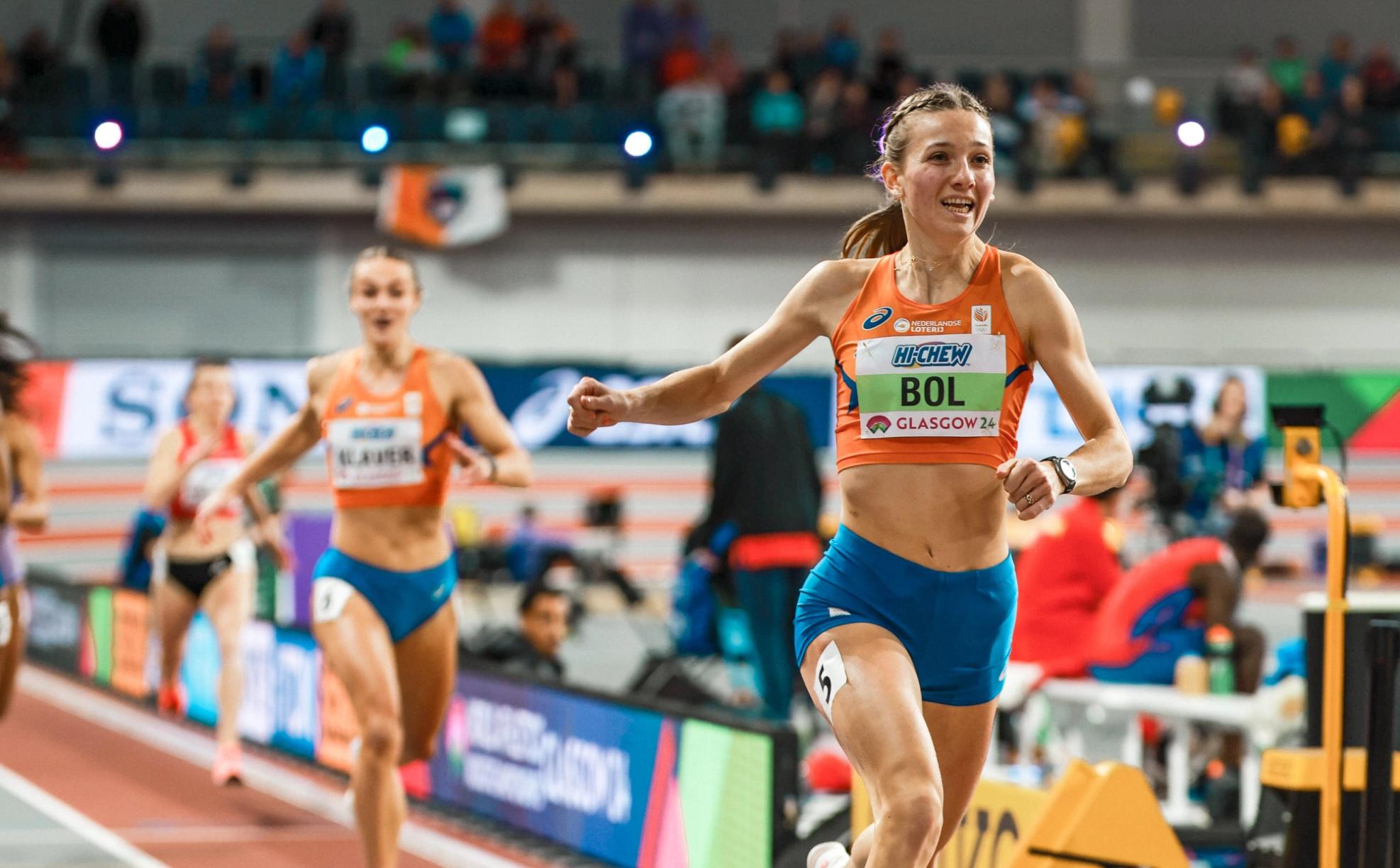By Kyle Merber
March 13, 2024
One of the most overlooked records of the weekend was the trip from my home in Westchester County, New York, to Boston: I completed the trip in under 2 hours and 50 minutes on Thursday night. Considering that I commute 3.5 hours roundtrip for my office job three days a week this was a breeze, which is a sentiment surely shared by college coaches and their operations managers from across the country. It is a bit easier and cheaper to book flights for 15 people to Boston Logan than to Fayetteville’s nearby Northwest Arkansas National Airport.
There was a lot of excitement for the NCAA meet to be held at the epicenter of the indoor track world, and in a major northeast city for the first time ever. Having previously attended the New Balance Indoor Grand Prix and New Balance Nationals at the TRACK, I had high hopes for the excitement and buzz that would follow the athletes around the track. In my dream world, it would be the enthusiasm of Patriot’s Day contained under a roof, with ten times the number of kisses.
Hearing that the crowd was sold out well in advance of the event only served to amplify these sky-high expectations. And while the races were undoubtedly awesome, with the crowd exploding for the end of the men’s 4x400 and women’s 800, the atmosphere overall was a bit… dry. And returning on Sunday for the high school meet further confirmed that feeling. The kids (the literal kids… not the young adults of the NCAA) had music blasting, introductions under dimmed lights, flames at the finish line, Nickelodeon green slime falling from the rafters (just kidding on this one) and on-field commentary/hype.
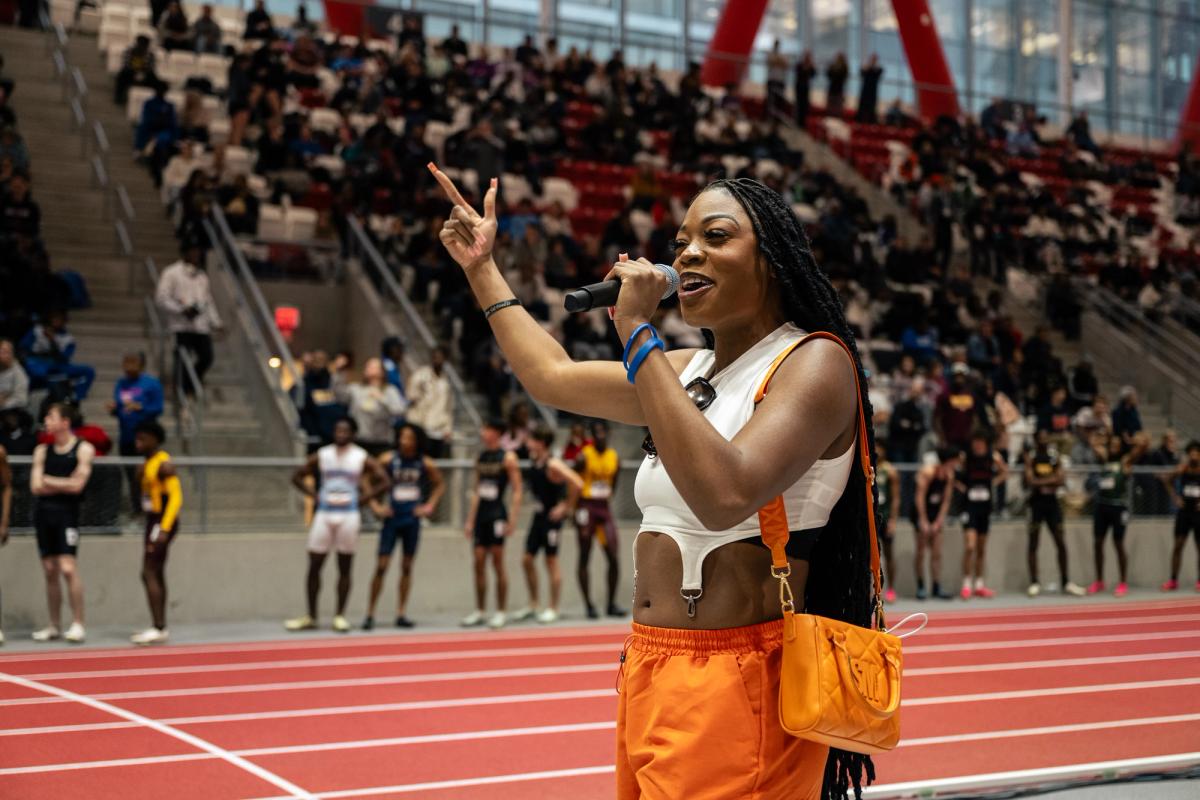
Johnny Zhang / @jzsnapz
But the most discernible contrast between the two was in the pace of the meets. And I am not talking about the pacing lights! The high school meet just kept going, out of the need to get through a number of heats. There was no dead time. Something was always happening. Now having breaks between races is okay. In fact, it’s preferred! That’s a huge opportunity to build anticipation and to provide commentary and analysis. If done properly, this alleviates the need for the broadcast to fill the silence with story time and instead focus on the action viewers are watching.
Ultimately the issue is that the NCAA doesn’t consider track a spectator sport. They’d never put out the equivalent product for basketball and football, which is understandable since that’s where the money is. But that doesn’t mean some small tweaks can’t be made – a playlist consuming primarily of Drake, for instance really dials up the “this is a sporting event” vibe in the room – that would instantly elevate the experience. If there logistically needs to be 10 minutes to set up the 400m after the 60m, then let fans on-site hear the interviews being broadcast on ESPN with those winners, before giving the next athletes an opportunity to run out and wave to the crowd.
And if the schedule is going to be segmented by gender, then what are fans supposed to do for the 1.5 hour break between the end of the men’s meet and the beginning of the women’s? That’d maybe be too much Drake.

Kyle Merber
After hanging up his spikes – but never his running shoes – Kyle pivoted to the media side of things, where he shares his enthusiasm, insights, and experiences with subscribers of The Lap Count newsletter, as well as viewers of CITIUS MAG live shows.
